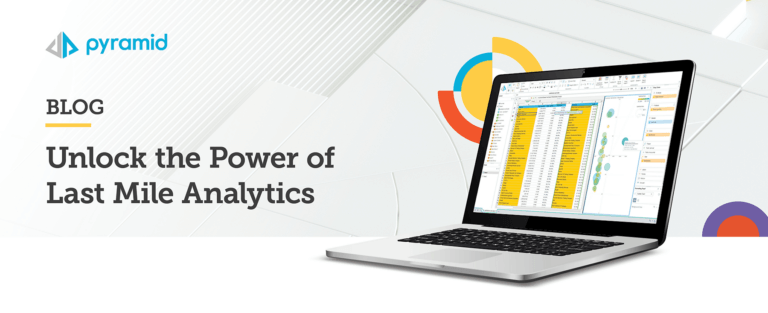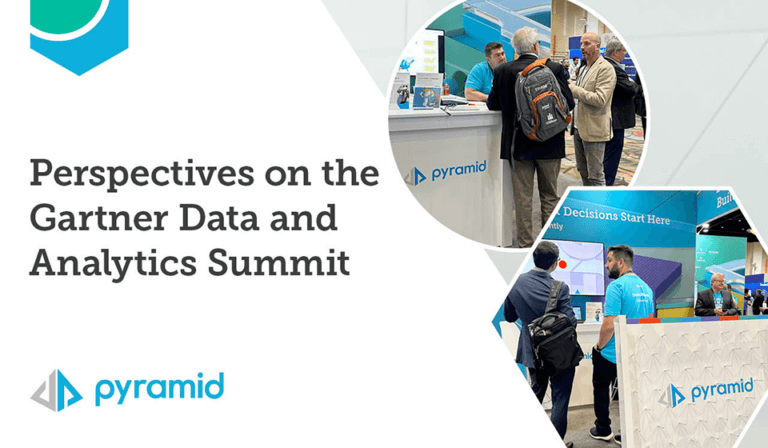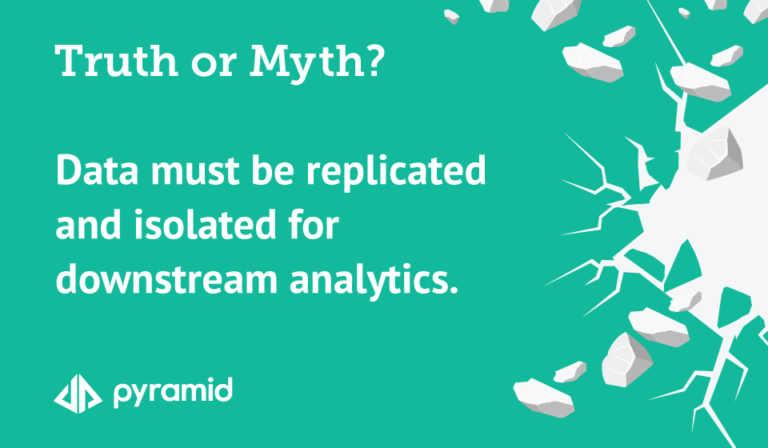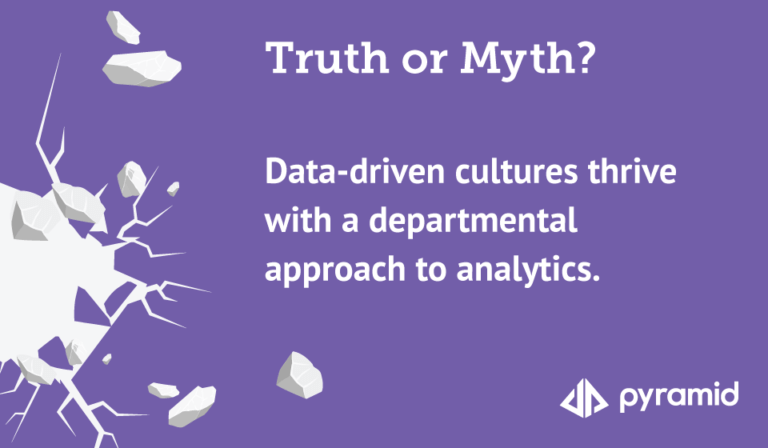With 2019 approaching, albeit more than two months away, there’s already talk about what to expect in the world of business intelligence and predictive analytics – including the trending topics of artificial intelligence and machine learning.
Keith Craig of Better Buys reviewed the Business Application Research Center’s (BARC) 2018 Business Intelligence Survey and found that “the BI market is awash in a sea of IT meta-trends.” So he took the time to ask several BI software experts to predict what awaits the market in 2019 and what he found was that their responses tied to many of BARC’s findings, though he did also see some outlier trends uncovered.
The Future of ETL
Avi Perez, Pyramid Analytics Chief Technology Officer, predicts that “ETL capability will be further integrated into BI platforms.” He states that “With the growing demand for real-world machine learning, all modern data analytic applications will start to offer serious end-user driven data preparation and ETL capabilities alongside classic analytic functionality, because it’s the only way to make machine learning work properly.”
If we look at existing offerings, it is common for tools used to Extract, Transform, and Load (ETL) data into the target database to be separate from business intelligence platforms. This poses a challenge when it comes to applying machine learning, which generates more relevant correlations and insights when applied to raw data.
AI in BI
Artificial intelligence (AI), as defined by Wikipedia, is the study of “intelligent agents,” or any device that perceives its environment and takes actions that maximize its chance of successfully achieving its goals. AI has been a buzzword for many years, however, in 2019 it appears to become a reality for an even broader group of users outside of data scientists.
As businesses firm up their data platforms, a predicted trend is that “digital agents” will begin to collaborate with business users to automate business decisions, like where and how to invest in innovation or new markets, marketing spending, or competitive forecasts. The underlying thought is that AI will enable businesses to optimize resource allocation, and in turn, boost the efficiency of operations.
AI for “Real”
Another prediction is that artificial intelligence will become “real”, moving into production throughout the analytics ecosystem and starting to deliver on the promise of democratizing access to insights. By changing who has access to interact, analyze, and utilize data, this expansion of AI will enable more self-service analytics. However, enterprises must figure out a way to support their staff internally so they can successfully implement a data-driven workplace.
Along with the predictions for the expanded use of AI, there is also a prediction that insights will be embedded everywhere. The demand for faster data-driven insights will be streamlined, and eventually augmented by machine learning and AI. This means that analytics will be embedded not just into graphs and dashboards, but into daily operations, including products, processes, and places.
Additional Tools
As your business looks into AI and business intelligence for 2019, also take a look at the Gartner Critical Capabilities for Analytics and Business Intelligence Platforms report and view our latest On-Demand webinar which highlights AI in BI on Pyramid 2018 Smart Discovery features.
About Pyramid Analytics
Pyramid Analytics offers a complete analytics platform that utilizes your existing data sources and allows you to manage information, apply machine learning, build models, explore business problems, present analytic content, and share data insights across the enterprise—at scale, without losing vital oversight and control.












